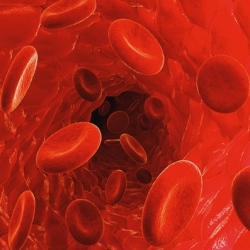
Scientists say diabetes is five separate diseases, and treatment could be tailored to each. Diabetes – or uncontrolled blood sugar levels – is normally split into type 1 and type 2. But researchers in Sweden and Finland think the more complicated picture they have uncovered will usher in an era of personalised medicine for diabetes.
Experts said the study was a herald of the future of diabetes care but changes to treatment would not be immediate. Diabetes affects about one in 11 adults worldwide and increases the risk of heart attack, stroke, blindness, kidney failure and limb amputation.
Type 1 diabetes is a disease of the immune system, which affects around 10% of people with the condition in the UK. It errantly attacks the body’s insulin factories (beta-cells) so there is not enough of the hormone to control blood sugar levels.
Type 2 diabetes is largely seen as a disease of poor lifestyle as body fat can affect the way the insulin works.
The study, by Lund University Diabetes Centre in Sweden and the Institute for Molecular Medicine Finland, looked at 14,775 patients including a detailed analysis of their blood.
The results, published in The Lancet Diabetes and Endocrinology, showed the patients could be separated into five distinct clusters.
Cluster 1 – severe autoimmune diabetes is broadly the same as the classical type 1 – it hit people when they were young, seemingly healthy and an immune disease left them unable to produce insulin.
Cluster 2 – severe insulin-deficient diabetes patients initially looked very similar to those in cluster 1 – they were young, had a healthy weight and struggled to make insulin, but the immune system was not at fault.
Cluster 3 – severe insulin-resistant diabetes patients were generally overweight and making insulin but their body was no longer responding to it.
Cluster 4 – mild obesity-related diabetes was mainly seen in people who were very overweight but metabolically much closer to normal than those in cluster 3.
Cluster 5 – mild age-related diabetes patients developed symptoms when they were significantly older than in other groups and their disease tended to be milder.
Prof Leif Groop, one of the researchers, told the BBC: "This is extremely important, we’re taking a real step towards precision medicine.
"In the ideal scenario, this is applied at diagnosis and we target treatment better."
